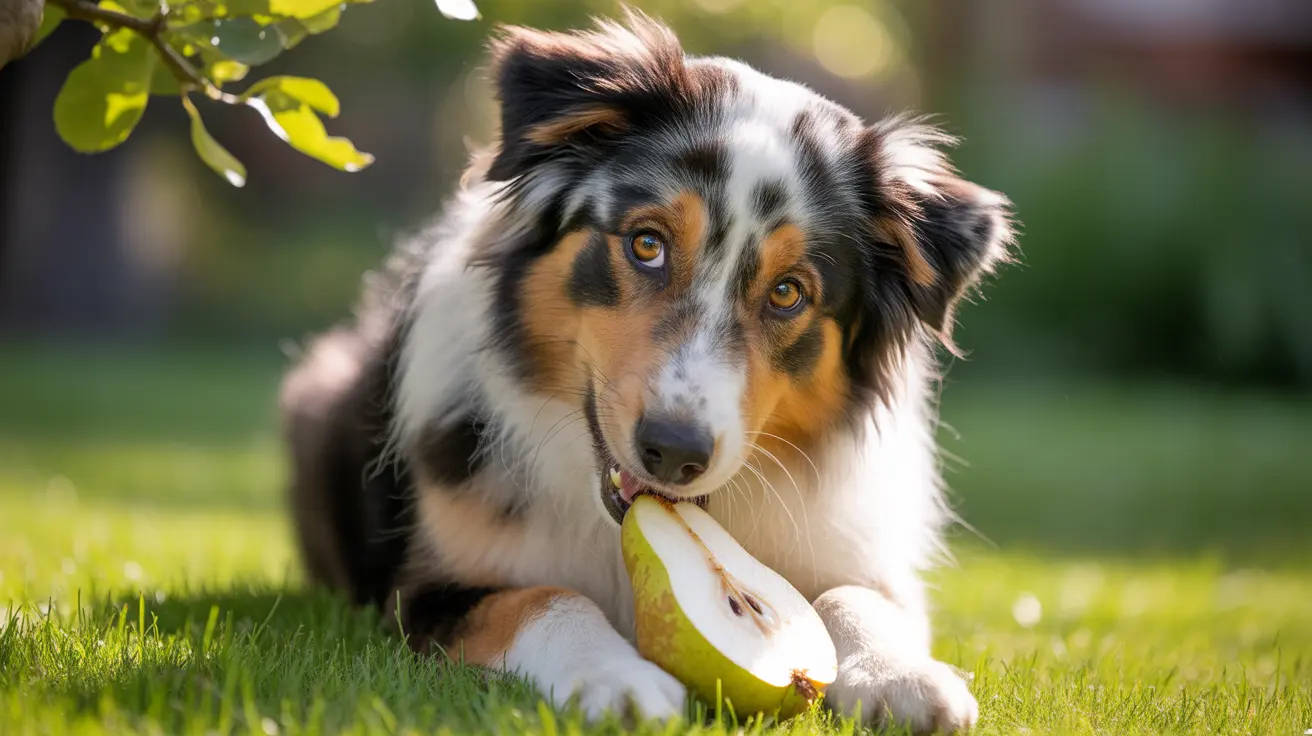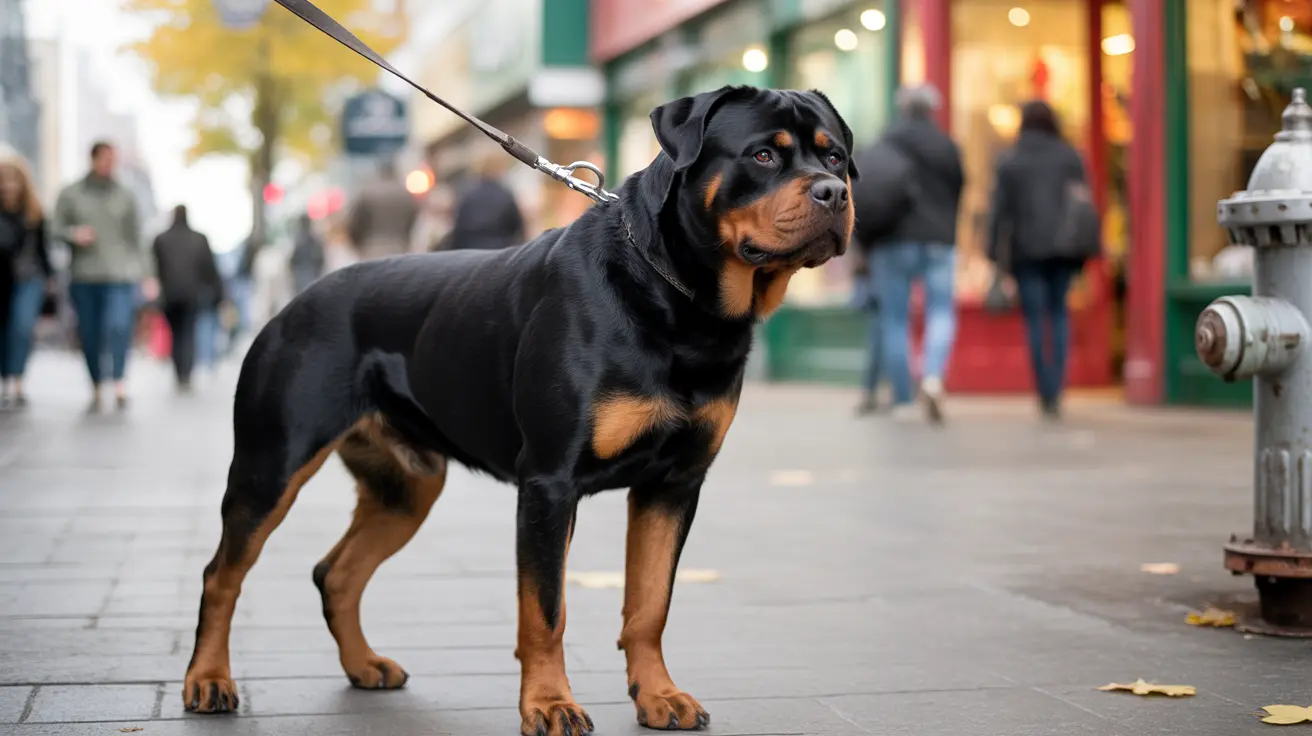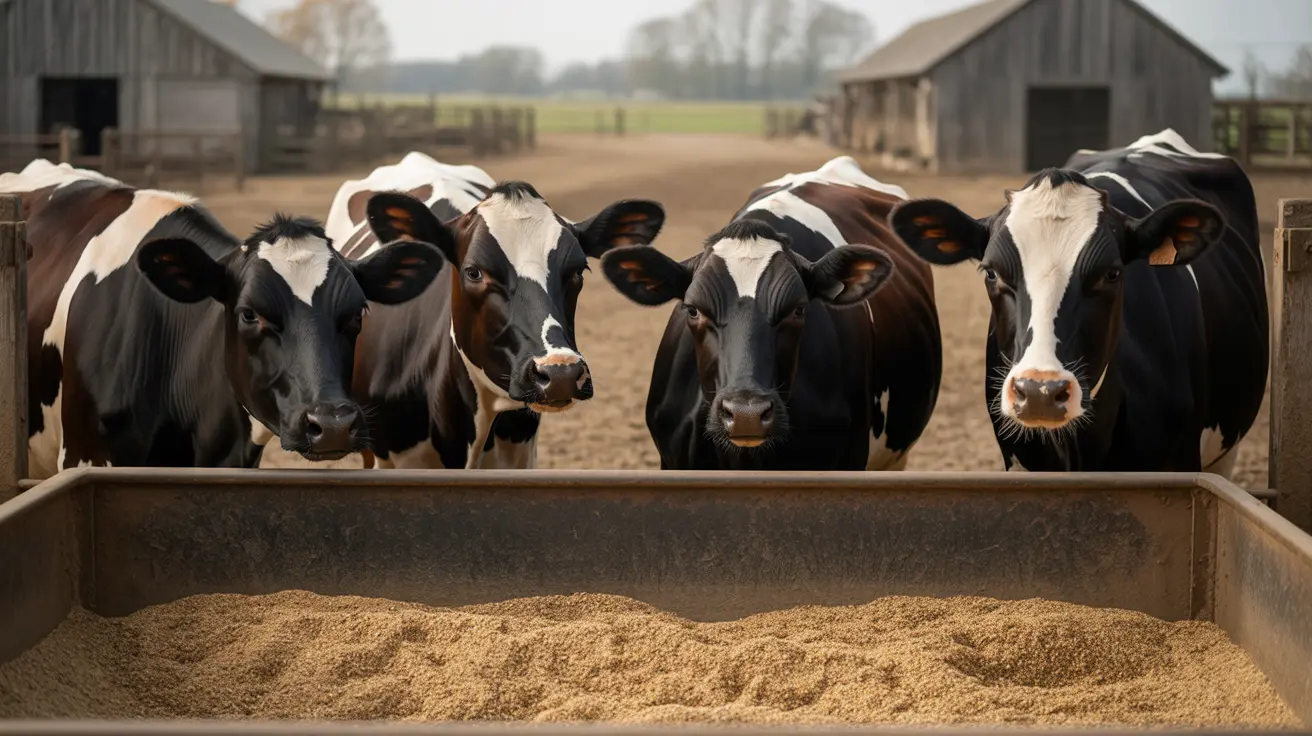Do Groomers Remove Dew Claws? Understanding the Facts
When it comes to grooming your dog, many pet owners have questions about what services are typically offered and which procedures are safe or appropriate for groomers to handle. One question that often arises is: do groomers remove dew claws? The short answer is no—removing dew claws is a surgical procedure that must be performed by a licensed veterinarian, not a groomer.
What Are Dew Claws?
Dew claws are the small, extra digits located higher up on a dog’s leg, similar to a human’s thumb. They are usually found on the front legs, although some dogs also have them on the back legs. While not all dogs have dew claws, they are common in many breeds and can vary in size and function.
Why Are Dew Claws Important?
- Traction and Support: In some dogs, especially working breeds, dew claws help with stability and grip when running or turning sharply.
- Prevent Injury: Contrary to the belief that they easily snag and cause injuries, well-maintained dew claws can help prevent joint stress and contribute to overall mobility.
- Breed Standards: Certain breed standards require dew claws to remain intact, especially in show dogs.
Can Groomers Remove Dew Claws?
In short, groomers cannot and should not remove dew claws. Dew claw removal involves making an incision and removing bone and tissue, which qualifies as a surgical procedure. It requires anesthesia, sterile equipment, and proper post-operative care—all of which fall within a veterinarian's responsibilities.
What Can Groomers Do?
While groomers do not remove dew claws, there are still several important services they provide related to them:
- Nail Trimming: Groomers can and should trim the nails on dew claws to prevent overgrowth, which can lead to injury or discomfort.
- Inspection: During grooming appointments, professionals may inspect dew claws for signs of infection, injury, or abnormal growth.
- Reporting Issues: If a groomer notices a serious problem with a dew claw, they can inform the pet owner and recommend a veterinary consultation.
When Is Dew Claw Removal Necessary?
Although groomers are not involved, there are situations when dew claw removal might be recommended by a veterinarian:
- Injury or Trauma: Torn or severely injured dew claws may need to be surgically removed.
- Chronic Problems: Some dew claws grow abnormally or constantly snag, leading a vet to suggest removal for the dog’s health and safety.
- Preventative Removal in Puppies: In some cases, breeders and veterinarians coordinate removal of dew claws within the first few days of life for working or hunting dogs, but this is increasingly debated.
Are There Risks Involved?
Yes, like any surgical procedure, dew claw removal carries potential risks, including:
- Pain and infection: Improper aftercare can lead to complications.
- Mobility issues: Removing dew claws in active dogs may impact agility and stability.
- Behavioral impact: Pain or trauma may contribute to stress or aggression in some dogs.
Responsible Dew Claw Maintenance
Most pet owners never need to consider surgery. Instead, ensure regular grooming appointments and checkups:
- Trim dew claw nails: Just like other nails, these should be maintained to prevent overgrowth.
- Keep an eye out for issues: Swelling, bleeding, or odd angles may signal a problem.
- Partner with professionals: Trust your groomer to monitor claw health and flag any concerns.
Veterinary vs. Grooming Responsibilities
It's vital to understand the boundary between grooming services and medical care:
- Veterinarians manage all medical procedures, including dew claw removal, extractions, and surgeries.
- Groomers provide essential haircuts, hygiene trims, nail clipping (including dew claws), baths, and ear cleaning.
Final Thoughts
Groomers play a critical role in maintaining your pet’s cleanliness and identifying potential health issues—but dew claw removal is not within their scope. For any concern involving surgery or physical alteration, always consult a qualified veterinarian.





